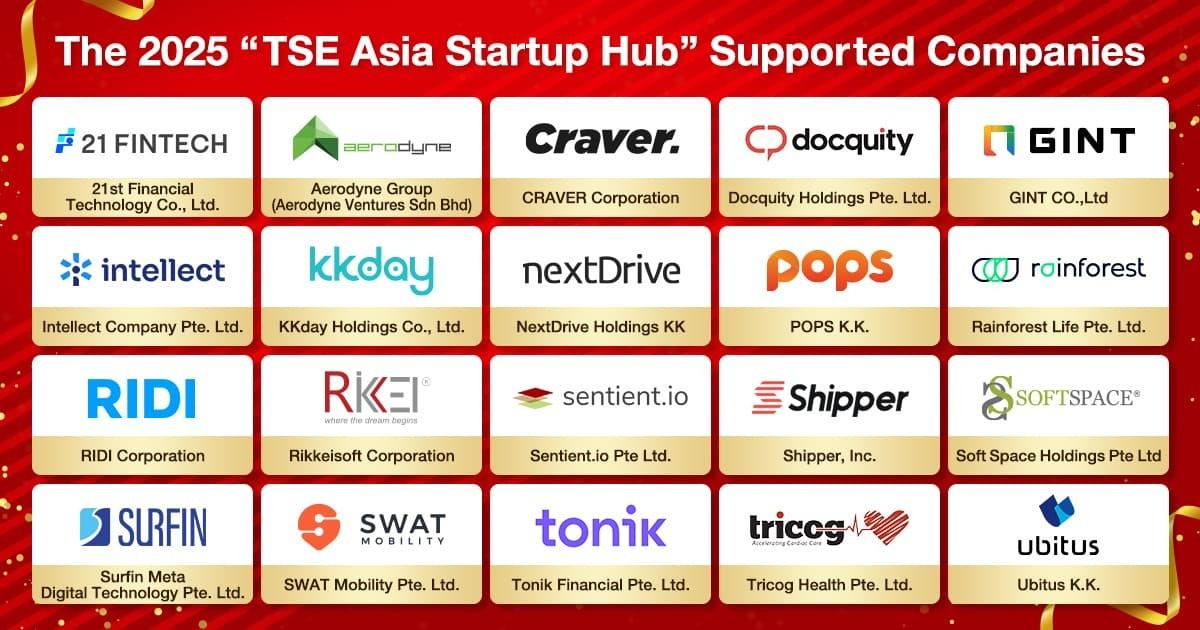
Boosting Supply Chain Planning, Execution, and Transparency through Technology
The rapid growth of e-commerce, increasingly complex international trade, and ever-rising customer expectations create new challenges for businesses worldwide. Traditional supply chain models are struggling to keep pace with these demands. Advanced technologies are needed to reshape how we plan, execute, and monitor the flow of goods and services.

Smart Mobility Solutions: Addressing Urbanisation, Sustainability, and Accessibility
Clement Ho, Head of Business Operations, was featured as a speaker at Global Mass Transit's 7th Transit Ticketing & Fare Collection APAC 2024 Conference, where he delivered a presentation during the "Emerging New Mobility Services and Models" session. This blog article recaps his presentation, which highlighted key global trends and showcased how smart mobility solutions are addressing evolving transportation challenges effectively.

Demystifying the Benefits of Route Optimisation for Logistics Providers
Route Optimisation is complex and often challenging to explain to non-technical stakeholders. Breaking it down into four steps clarifies what it does and how it benefits Logistics Providers.

Route Planning vs Route Optimisation
In today’s competitive logistics landscape, an advanced route planning system is crucial for businesses aiming to boost delivery efficiency and scale operations seamlessly. As customer expectations rise, companies must ensure they deliver goods both swiftly and cost-effectively.

5 Key Features to Consider in Route Optimisation Software
In the fast-paced world of logistics and supply chain management, the efficiency of route optimisation can make or break your operations. Selecting the right route optimisation software is crucial to ensure timely deliveries, optimise resource utilisation, and maintain customer satisfaction.

Trends Shaping the Future of Logistics Industry
The logistics industry is undergoing a profound transformation, driven by technological advancements and a growing emphasis on sustainability. This era marks a pivotal shift from traditional logistics paradigms to a more dynamic and interconnected ecosystem.

Boost Operations with Delivery Optimisation Software
Delivery optimisation software empowers businesses to streamline last-mile delivery by automating route planning and resource allocation. This technology not only reduces operational costs but also enhances customer satisfaction through faster and more reliable deliveries.

Achieving Seamless Omnichannel Logistics with Advanced Delivery Route Solutions
Omnichannel logistics powered by SWAT Mobility helps businesses streamline deliveries across multiple sales channels for a seamless customer experience. With advanced route planning and dispatch management systems, businesses can improve efficiency, reduce costs, and meet rising customer expectations.

What is Route Optimisation and Why It’s Key to Sustainable Logistics
Route optimisation is revolutionising logistics by enhancing delivery efficiency while reducing environmental impact. By leveraging AI and real-time tracking, businesses can minimise fuel consumption, lower emissions, and achieve sustainable logistics goals.

Sustainable Transport Management System: Unlocking Efficiency with Route Optimisation
A sustainable Transport Management System (TMS) uses advanced route optimisation to reduce fuel consumption, emissions, and operational costs. By leveraging real-time data and smart algorithms, businesses can maximise vehicle utilisation, lower fleet size, and improve delivery efficiency—all while supporting environmental goals. Discover how SWAT Mobility’s innovative solutions help companies in Singapore achieve greener, more cost-effective logistics and stay ahead in sustainable transport management.
On-Demand Delivery: Meeting Customer Expectations with Real-Time Tracking and AI Routing
On-demand delivery is reshaping customer expectations with faster, more transparent service. By using real-time tracking and AI-powered routing, businesses can optimize routes, reduce delays, and enhance the last-mile experience. This article explores how these technologies work together to boost efficiency, lower costs, and improve customer satisfaction in today’s competitive delivery landscape.

Integrating Dispatch Management Systems via API to Warehouse and Transport Management Systems
Integrating a Dispatch Management System (DMS) with Warehouse and Transport Management Systems (WMS and TMS) creates a seamless logistics workflow, enhancing efficiency, resource utilisation, and delivery speed.
.jpg)
Coming Together as a Community for Elderly Mobility & a Success Case Study - Toyono Town
Toyono Town launched Public On-Demand Transport Services powered by SWAT's demand-responsive solution, offering elderly residents affordable, doorstep rides. This community-driven initiative, shaped by collaboration with residents, local groups, and officials, ensures accessibility while preserving independence.

Embracing the Future of Logistics: Key Strategies for Resilience, Efficiency, and Sustainability
In the rapidly shifting logistics landscape, companies must focus on three strategies to stay competitive: managing risks, leveraging technology for growth and efficiency, and committing to sustainability. Business Development Director Beep explains how these approaches help logistics businesses strengthen operations, adapt to change, and build resilience.



.webp)

.svg)






.jpg)


